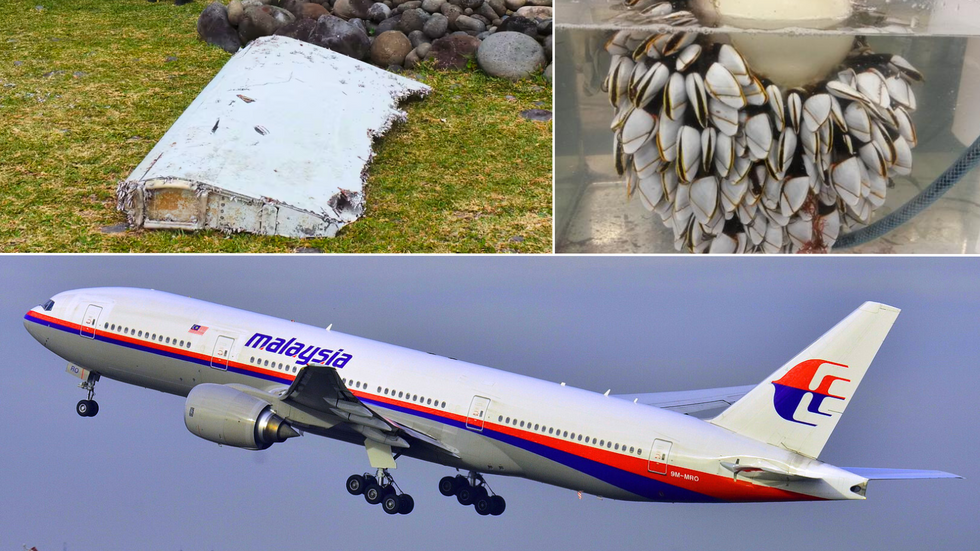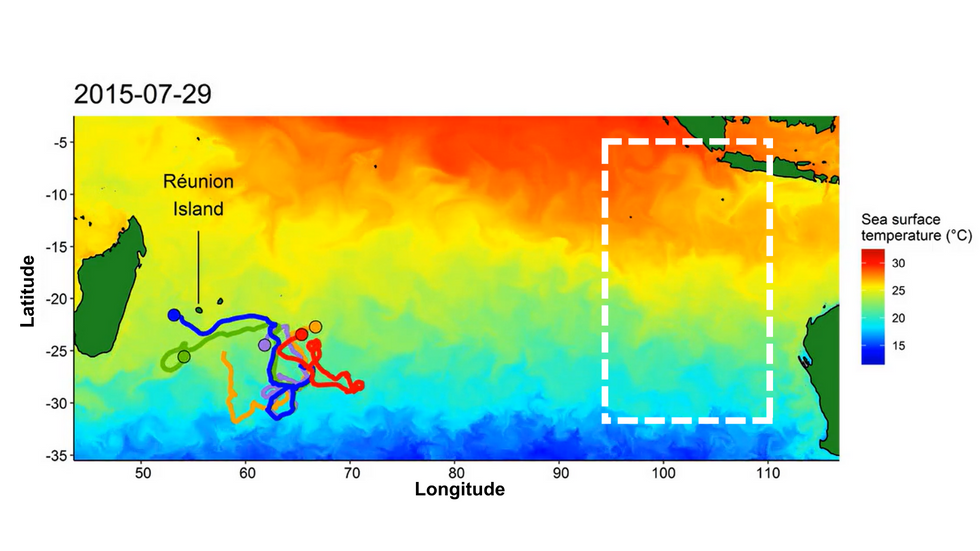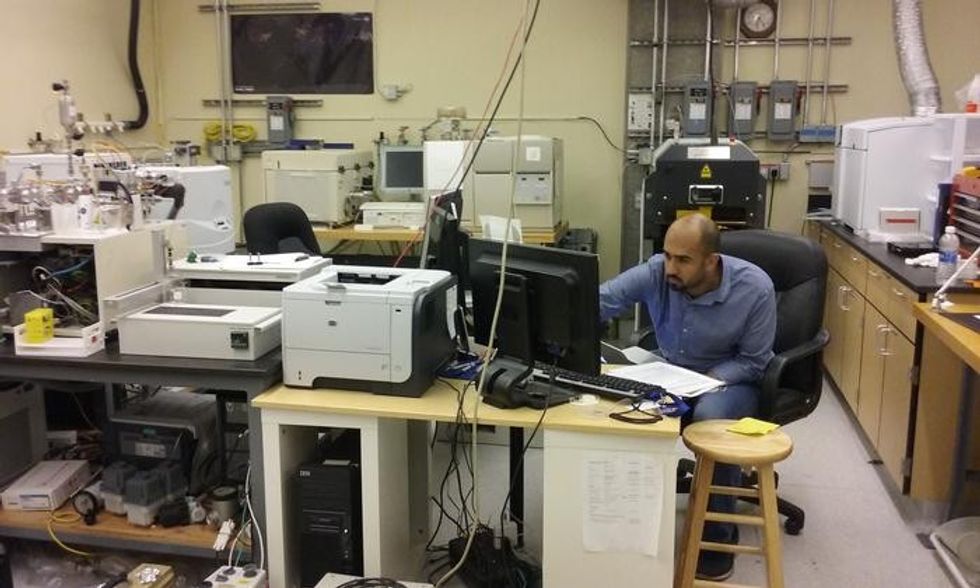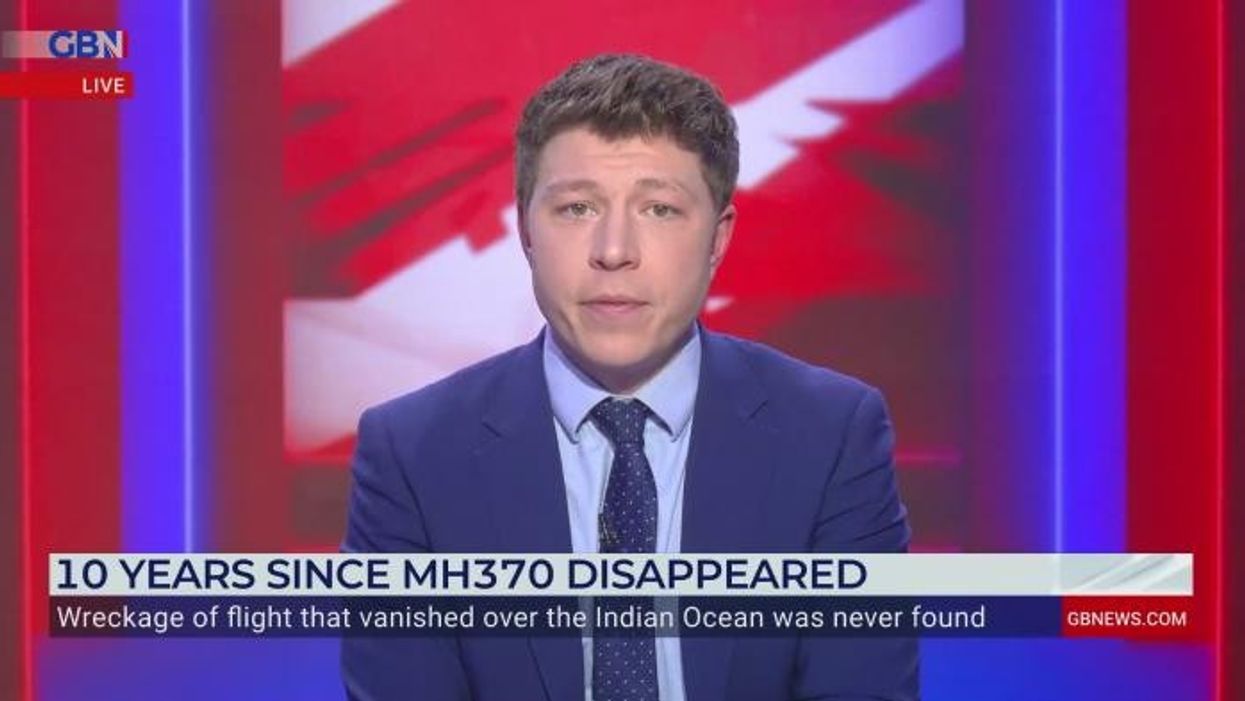MH370: Scientists believe tiny sea creatures found clinging to debris will help find missing aircraft

MH370 debris’ ‘drift path’ could now be charted based on the age of the creatures’ shells, researchers found
Don't Miss
Most Read
Barnacles could be key to discovering missing Malaysia Airlines flight MH370 a decade on from its disappearance, researchers have said.
The flight, from Kuala Lumpur to Beijing, disappeared on March 8, 2014 – and has been the focus of theories, speculation and the most expensive search in aviation history ever since.
But Lepas anatifera, a type of barnacle which had been found on a ‘flaperon’ – a piece of wing – from MH370 which washed up on the French Indian Ocean ‘department’ of Réunion in July 2015, could be integral in finding it.
And scientists have said that the age of the barnacles on the flaperon – and any other aeroplane debris which may yet reach land – may be able to help track where and when the flight went missing.

Barnacles found on debris from the missing plane have been analysed and could be central to solving the mystery
|Wikimedia Commons/University of South Florida/Reuters
Scott Bryan, a researcher at Australia’s Queensland University of Technology, has studied how sea creatures like barnacles latch on to pieces of pumice, a type of volcanic rock known to float on the ocean’s surface after eruptions.
He told Intelligencer, part of the New York magazine, that the barnacles could start growing on floating objects “within about two weeks”.
While Nasser Al-Qattan, a researcher at Kuwait University, led a study into ‘debris drift paths’, using biological data from a barnacle shell from an MH370 flaperon on Réunion.
The study, published in August last year, noted that the piece of debris had “several generations of stalked barnacles attached to its surface”, some of which had been “attached and growing shortly after the crash”.
LATEST DEVELOPMENTS:

Researchers used the barnacles to track approximate debris drift paths (left) in the Indian Ocean, a long way from the search area (right)
|University of South Florida
Al-Qattan’s team used existing knowledge about barnacle shell formation – the fact that sea temperature determines which chemicals can be found in their shells – to find a way to “reconstruct the latter part of the flaperon drift path” before it washed up.
He told National Geographic the barnacle shells were “like a thick book, where the animal has added one page after another as it grows” – like tree rings, but for barnacles.
As the Kuwait University researchers did not have access to all the barnacles, they could not chart the debris’ whole journey – but they could work out that the flaperon spent its “last several months” within 1,500km of Réunion, hundreds of miles from the MH370 search area.
But their research could prove invaluable to scientists with access to other pieces of debris as the protracted search for the plane stretches into the years ahead.

Nasser Al-Qattan, shown here analysing barnacle samples at the University of South Florida
|Gregory Herbert/University of South Florida
Martin Stelfox, founder of the Olive Ridley Project, a turtle conservation programme, told Intelligencer: “It’s a fairly reliable way to give you an idea of how long that gear has been drifting.
“We can then use that age estimate to plug into things like drifting current models and start to backtrack to where potentially this gear may have come from.”
Stelfox has also researched barnacle growth using buoys in the Maldives – in similar waters to those the flaperon drifted through to reach Réunion.
Alongside the growing research trend, families still in the dark over their missing loved ones’ whereabouts will be buoyed by last week’s news that Malaysia’s PM Anwar Ibrahim said his country “would be happy” to reopen an investigation into the flight.











